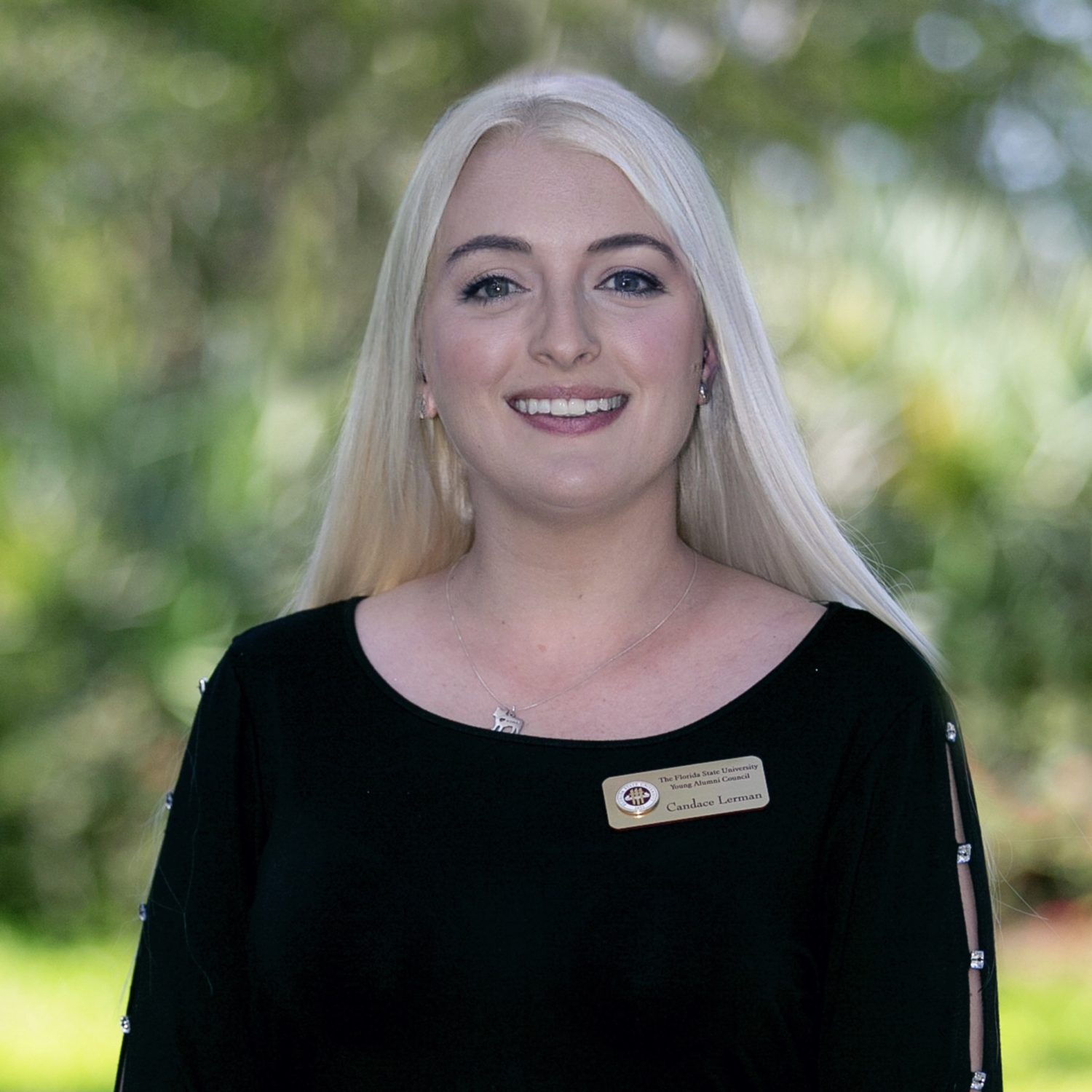At every conference, someone is talking about Pharma’s “silo” problem. Information, ideas, projects, all trapped within a small area just waiting for someone to come along and break them out. Patients hear about this all the time, and are often asked for input on how to help break down those silos.
The problem is not silos, it’s sinkholes.
For patients like myself, the quest for answers to manage and overcome our conditions goes well beyond just Pharma. It starts at cell line research, moves to translational models, then finally arrives to those Pharma silos. Every step in this process is a deep abyss, void of any guide to climb out of each hole to reach the next.
For patients and caregivers pursuing treatments, these sinkholes not only appear bottomless, they’re a behemoth. Understanding the complexities of each one, exploring and tackling all the issues before moving on, while avoiding costly mistakes along the way is overwhelming (to put it mildly). However, this is the road we patients and caregivers must take to find treatments and cures for our diseases. If tackling the silos in Pharma is the focus, most of us will die well before we ever get to human trials for drug candidates.
For patient organizations driving drug development, building bridges over these sinkholes to connect the dots is critical. Time is money, and rare disease groups struggle to reach fundraising goals. Not every disease has a celebrity parent or patient who can attract big donations to sustain programming. Few conditions are “large” enough in the rare community to have groups that can divide and conquer. So any setback can be fatal, and with a race against time to find life-saving treatments, no one has time to sit around discuss how to build a bridge.
So why sinkholes? Simple, the hard work conducted in various stages of drug development end up entrenched within groups and companies. As time goes on, it becomes difficult to relocate that knowledge and product across a bridge. The burden falls on patients and caregivers to make this happen, but they usually fall short of understanding the complexities of each of these sinkholes, and have limited time to invest in mastering them while managing the complexities of living with a rare disease. The problems get deeper and deeper as time goes on, so calling it a silo does not do it justice.
I tell my non-profit clients the best way to overcome these obstacles is to create educational programming for disease communities, and for my industry side- fund educational programing through disease-specific non-profits. Each group has varying levels of understanding on the drug development process, so there is no “one size fits all” system that can work across the board. Individually tailoring these initiatives pays dividends, but you have to do them right. Patient and caregiver communities are a driving force in drug development, so it is wise to utilize their advocacy throughout clinical development.
My prediction is over the next decade we will see a shift in how patient groups work with industry to defeat the sinkhole problems that plague their communities. We will also see industry become more focused on building lasting relationships to make this happen, which in turn will help with clinical trial design, recruitment, and retention.
